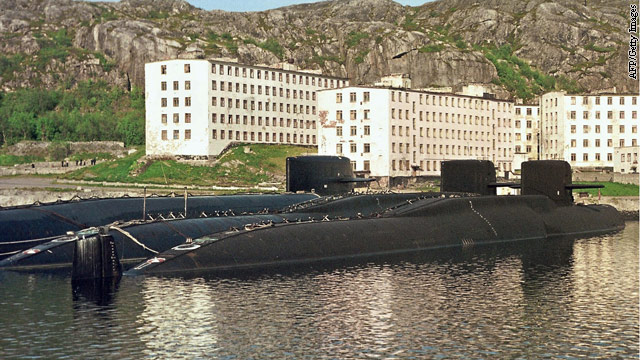SEOUL — The U.S. military says recent upgrades to manpower and materiel in South Korea are prudent improvements to capabilities, particularly as new technology becomes available, rather than special preparations for a possible North Korean attack or provocation.
In recent months, the military has reported it is moving Mine Resistant Ambush Protected vehicles, Excalibur artillery shells and an Army chemical battalion into South Korea. The moves, according to 8th Army spokesman Lt. Col. Michael Sennett, are simply “part of the Army’s continuing rebalancing efforts in the Pacific region,” and not a coordinated response to anything happening north of the Demilitarized Zone.
“Eighth Army continuously upgrades its weapons systems and equipment as new technologies are developed and fielded,” he said.
Defense Secretary Leon Panetta publicly took North Korean officials to task last month for continuing “to behave in a provocative way.”The U.S. has also made a deal with Japan to enhance its missile capabilities in the region — reportedly in part because American officials continue to be wary of what the North might do — and agreed to allow South Korea to use missiles capable of hitting anywhere in North Korea.
“Make no mistake: We will provide the forces and the military capabilities needed to help maintain security on the Korean Peninsula,” he said.
The recent spate of reported upgrades began in July with the announcement that more than 80 MRAPs were being delivered to the 2nd Infantry Division in South Korea. They will be tested for up to a year to determine if they should permanently be incorporated into the U.S. military’s plans on the peninsula.
Two pro-North groups responded with a statement claiming: “This is clearly aimed at practicing an invasion of (North Korea) by rushing across the minefields of the Demilitarized Zone and launching a frontal assault on (the North).”
Lt. Col. Joe Scrocca, a 2ID spokesman, said at the time that the MRAPs improve the division’s “force protection capabilities and enhance our ability to preserve peace and deter aggression on the Korean Peninsula.”
About a month ago, South Korean media reported the U.S. military was bringing in GPS-guided Excalibur shells in to improve its ability to counter North Korean artillery batteries.
The 155 mm artillery projectiles have a range of up to 35 miles — more than twice that of conventional artillery — and have earned a reputation for pinpoint accuracy since first being used in Iraq in 2007.
While not confirming those reports, 8th Army spokesman Col. Andrew C. Mutter said, “The U.S. Army in Korea is constantly improving its capabilities through the timely upgrade of weapon systems and ammunitions.
“Our ability to ‘fight tonight’ and assist in the defense of the Republic of Korea are renewed and improved every year,” he said.
At about the same time as the Excalibur news came to light, the U.S. Army announced that the 61st and 62nd chemical companies, as well as the headquarters and headquarters detachment of the 23rd Chemical Battalion — nearly 300 soldiers in all — would be moved back to South Korea by early next year.
A 2ID statement called it a “strictly defensive” move while adding: “In Korea, like no other place on the globe, the potential for large-scale, full-spectrum conflict against the U.S. and its allies exists on a daily basis.”












